 The field of Nursing has changed in many positive ways in the past 10 years. From the growth of Leadership positions in Nursing and new technology to the addition of new Nursing Specialties, there are many exciting things happening and you can be a part of it.
The field of Nursing has changed in many positive ways in the past 10 years. From the growth of Leadership positions in Nursing and new technology to the addition of new Nursing Specialties, there are many exciting things happening and you can be a part of it. The nursing profession is the largest segment of the nation’s healthcare workforce, with more than three million nurses practicing across the U.S., according to the American Association of Colleges of Nursing. Nurses serve as both the backbone of the healthcare industry and on the front lines of developing health solutions. Although most nurses may still head to work in scrubs and comfortable shoes, for many nurses, the day-to-day reality of their job has changed in dramatic ways over the past ten years.
This evolution has been shaped by a changing U.S. population, new technology and the influential 2010 Institute of Medicine (IOM) report, “The Future of Nursing: Leading Change, Advancing Health.” The report charged nurses to take a greater leadership role in healthcare, noting that nurses should be full partners, with physicians and other healthcare professionals, in redesigning the U.S. healthcare system.
Below, we’ve detailed just a few significant changes in nursing practice within the last decade.
Growth of Nursing Leadership
The IOM report highlighted the unique patient-centric viewpoint of advanced practice nurses and the important role they can play in addressing the shortage in primary-care healthcare providers across the U.S. Advanced practice registered nurses (APRNs) play a critical role in providing access to affordable, quality care. According to the Robert Wood Johnson Foundation, “consumer demand for APRN-provided care is growing thanks to a shortage of primary care physicians, the soaring cost of healthcare, and a population that is aging and living longer with more acute and chronic conditions.”
“We see patients through the full spectrum, from the newborns on up,” said Steve, a rural family nurse practitioner featured below in the Campaign’s “A Day in the Life” video. “With the shortage of family practice providers, ‘midlevels’ such as myself and physician assistants are becoming a much more important part of the of the healthcare delivery model.”
“Wearable devices that can monitor consumers’ health are changing the way our society thinks about providing care,” said Fratzke.
Fratzke was an early leader in the advancement of a nursing mobile app for patient data documentation into electronic health records (EHR). Hospitals can use nursing apps to help nurses more efficiently capture real-time patient assessment documentation, such as vital signs, medicine distribution and pain scales.
Telemedicine’s Impact on Accessibility
Technology has also led to the increase in telemedicine options. According to an article published in the American Journal of Critical Care (AJCC), telemedicine is changing the way patient care is provided in a growing number of intensive care units (ICUs) across the country. The article notes that “the U.S. has approximately 45 tele-ICUs with monitoring capacity” which impacts care for “an estimated 12 percent of ICU patients in the country.”
Benefits of tele-ICUs for nurses, the article states, include increased efficacy in monitoring trends of vital signs, detecting unstable physiological status, providing medical management, enhancing patient safety, detecting arrhythmias and preventing falls.
“In rural areas, it is also possible for tele-health to help fill a void in care,” said Connie Barden RN, MSN, CCRN-E, CCNS, chief clinical officer of the American Association of Critical-Care Nurses, interviewed in the Nursing Notes article, “Tele-ICUs Help Nurses Care for Patients from Afar.” “These remote consults by a nurse specialist result in getting the right care to the patient in a timely manner. Besides being an efficient way of delivering care it may also help to keep the patient in their local area rather than needing a transfer for care hundreds of miles away. So, it can save money and keep the patient with their family – a win-win solution for everyone.”
New Nursing Specialties and Roles
Telemedicine nursing and nursing informatics are just two nursing specialties that have grown in the past ten years. According to the Bureau of Labor Statistics’ Employment Projections 2012-2022 – released in December 2013 – the registered nurse (RN) workforce is expected to grow to 3.24 million by 2022, an increase of 526,800 or 19 percent since 2012.
As indicated in the IOM report, the half a million new nurses entering the workforce before 2022 will be responsible for shaping the profession, including advancing in-demand specialties, such as home-health nursing and geriatric nursing, for the increase in “Baby Boomers” who are retiring in the next decade.
In addition to new nursing specialties, nurses are also playing new roles in healthcare, The “Modern Nurse” section of Nursing Notes, outlines emerging nursing roles, such as developing simulation technology, flying into emergency situations or establishing a practice in a local libraryas part of a public health initiative.
New specialties, increased leadership opportunities and the use of telemedicine and mobile health are just a few of the ways that nursing has changed in the past ten years. Is there another innovation or idea you think we missed? Tweet us at @DiversityNurse or share a comment on our Facebook Page.


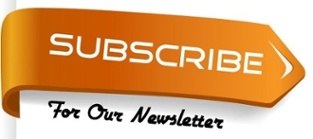
 It’s all about Love! If you haven’t seen this video, it is beautiful. Watch it to brighten your day and then go give someone you love a hug.
It’s all about Love! If you haven’t seen this video, it is beautiful. Watch it to brighten your day and then go give someone you love a hug. Every Nurse I know who works in a hospital, says they are amazed how much walking they do in their 12-hour shift. If you wear a Fitbit or another step tracking device, you know you walk miles during your shift. Here’s a story about a hospital that did a study to see where they could eliminate some steps for Nurses in the design of their new building.
Every Nurse I know who works in a hospital, says they are amazed how much walking they do in their 12-hour shift. If you wear a Fitbit or another step tracking device, you know you walk miles during your shift. Here’s a story about a hospital that did a study to see where they could eliminate some steps for Nurses in the design of their new building.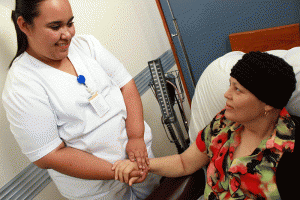 I bet there is a lot you can add to the comments from Oncology Nurses in this article. Perhaps you’re an Oncology Nurse or someone close to you is doing this job. This article will give you a glimpse of the day-today responsibilities, concerns, technological issues, and a perspective on how to answer a patient’s very difficult questions.
I bet there is a lot you can add to the comments from Oncology Nurses in this article. Perhaps you’re an Oncology Nurse or someone close to you is doing this job. This article will give you a glimpse of the day-today responsibilities, concerns, technological issues, and a perspective on how to answer a patient’s very difficult questions.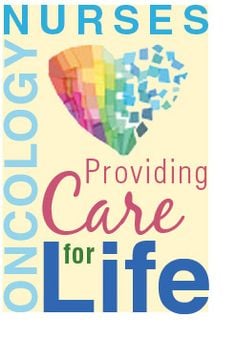
 Recruiting these days is getting more and more difficult, particularly when hiring Nurses. We’re featuring this article because of its creative approach to thinking outside the box. Perhaps it’s time to change your message, how and where you target that message, and maybe even the position requirements.
Recruiting these days is getting more and more difficult, particularly when hiring Nurses. We’re featuring this article because of its creative approach to thinking outside the box. Perhaps it’s time to change your message, how and where you target that message, and maybe even the position requirements.
 DiversityNursing.com would like to share this article with you. It features an interview with
DiversityNursing.com would like to share this article with you. It features an interview with 
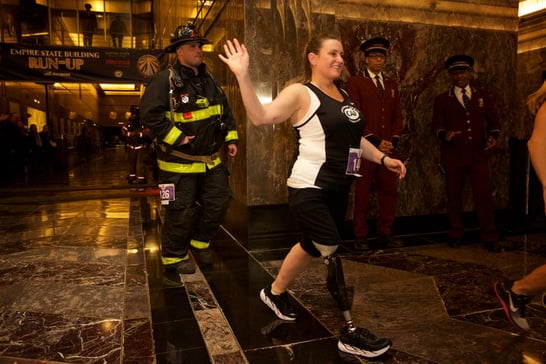 It’s Friday and we thought a feel good story was a good idea. We’d like to share the happy news that a Boston marathon bombing survivor is going to marry the firefighter who took care of her that life-changing and devastating day. He kept coming back to visit her in the hospital. Their friendship and love grew as they got to know each other.
It’s Friday and we thought a feel good story was a good idea. We’d like to share the happy news that a Boston marathon bombing survivor is going to marry the firefighter who took care of her that life-changing and devastating day. He kept coming back to visit her in the hospital. Their friendship and love grew as they got to know each other.
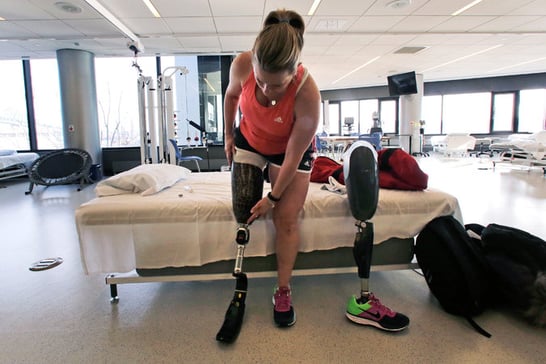
 Are you considering furthering your education? Is a PhD a goal of yours? This article will give you good information and some terrific role models. It also encourages you to go for your PhD sooner, rather than later.
Are you considering furthering your education? Is a PhD a goal of yours? This article will give you good information and some terrific role models. It also encourages you to go for your PhD sooner, rather than later. Labor and Delivery Nurses will appreciate this post. My only problem with it is that she keeps saying “I’m just the Nurse…”. The word “just” is where I’m having difficulty. Perhaps she’s using the word to be self-deprecating? I’m not sure. What do you think?
Labor and Delivery Nurses will appreciate this post. My only problem with it is that she keeps saying “I’m just the Nurse…”. The word “just” is where I’m having difficulty. Perhaps she’s using the word to be self-deprecating? I’m not sure. What do you think?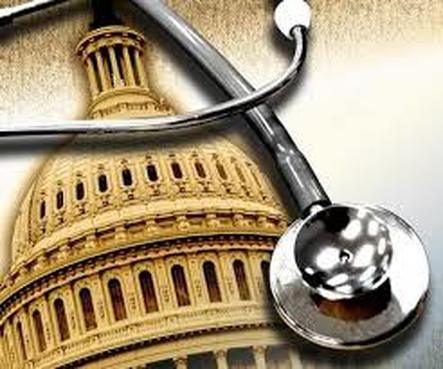 If you’re looking for an update on legislative measures for Nurses, please read this article. Some information is by state, such as legislation in CA to prevent workplace violence which is referred to as “a regulation landmark and a model for other states and the country. It requires every health care provider to develop a comprehensive workplace violence prevention plan.”
If you’re looking for an update on legislative measures for Nurses, please read this article. Some information is by state, such as legislation in CA to prevent workplace violence which is referred to as “a regulation landmark and a model for other states and the country. It requires every health care provider to develop a comprehensive workplace violence prevention plan.”